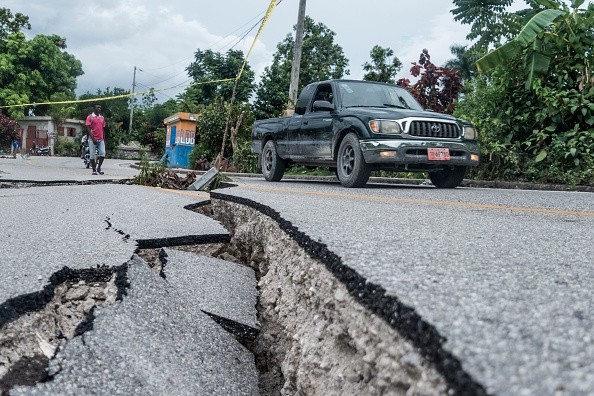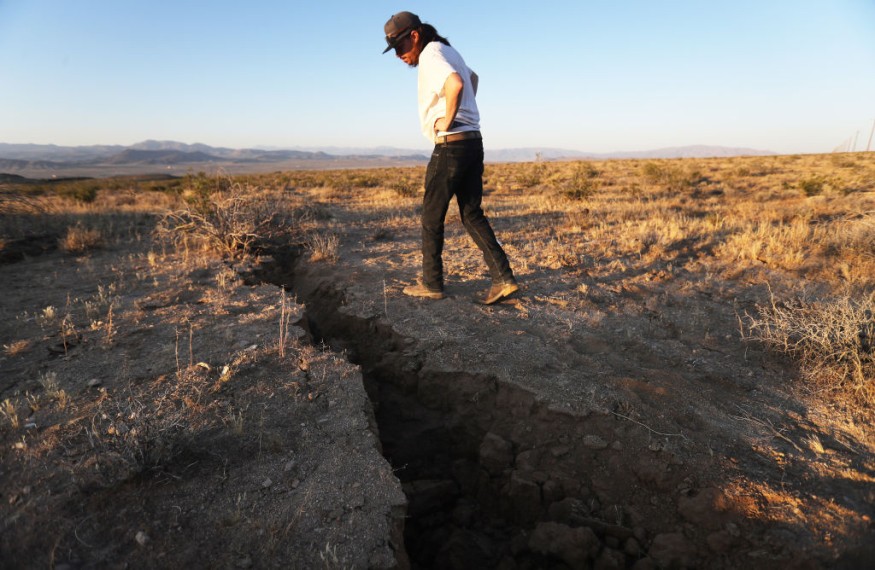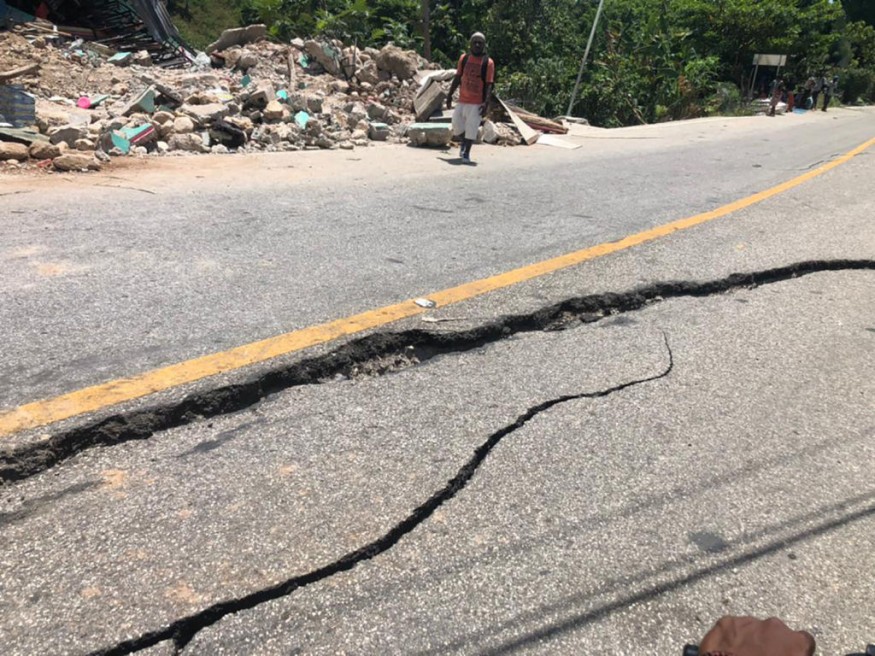Scientists have discovered the world's deepest earthquake, which occurred 467 miles (751 kilometers) beneath the surface of the Earth.

An Impossibly Deep Earthquake
Seismologists anticipated earthquakes to be impossible at that deep. Therefore the quake occurred in the lower mantle. This is because rocks are more prone to flex and deform under tremendous pressures than break with a fast release of energy. However, minerals don't always react as predicted, according to Pamela Burnley, a geomaterials professor at the University of Nevada, Las Vegas, who was not involved in the study. Instead, they may persist in old configurations even under pressures to transition into other, less quake-prone forms.
"Just because they should," Burnley told Live Science, "doesn't guarantee they will." As a result of the earthquake, Earth's borders may be fuzzier than previously thought.
Aftershock

The quake was a small aftershock of a 7.9-magnitude quake that struck the Bonin Islands off the coast of mainland Japan in 2015. It was initially published in the journal Geophysical Research Letters in June. Researchers headed by University of Arizona seismologist Eric Kiser used Japan's Hi-net array of seismic sensors to identify the quake. According to John Vidale, a seismologist at the University of Southern California who was not involved in the study, the array is the most powerful technology for detecting earthquakes currently in use. Because the quake was tiny and couldn't be felt on the ground, sensitive sensors were required to locate it.
Vidale told Live Science that the earthquake's depth still has to be validated by other experts, but the conclusion appears to be genuine. "They did a wonderful job," Vidale remarked, "so I tend to think it's probably appropriate."
Related Article : What Exactly Causes Mysterious Deep Earthquakes?
Intense Pressure
As a result, the quake is a bit of a puzzle. The great majority of earthquakes are shallow, occurring within the first 62 miles (100 kilometers) of the Earth's crust and upper mantle. This is because the rocks in the crust are cold and brittle, extending only around 12 miles (20 km) on average. According to Burnley, when these rocks are stressed, they can only bend a small amount before breaking, releasing energy like a coiled spring.
The rocks are hotter and under higher pressures deeper in the crust and lower mantle, making them less prone to breaking. However, earthquakes can occur at this depth when intense pressures strain against fluid-filled holes in the rocks, driving the fluids out. Rocks are also prone to fragile breaking in these situations, according to Burnley.
Explanation

Dynamics can explain quakes as deep as 249 miles (400 kilometers), still in the upper mantle. But, even before the 2015 Bonin aftershock, earthquakes in the lower mantle, down to around 420 miles, had been detected (670 km). Those tremors have been a mystery for a long time, according to Burnley. Fluids are no longer a trigger since the rocks' pores that store water has been pressed shut.
"We assume all of the water should be forced off at that depth," she added, "and we're far, far away from where we'd see classic brittle behavior." "It's always been a conundrum."
The difficulty with earthquakes deeper than 249 miles has to do with how minerals react under pressure.
For more news about natural calamities, don't forget to follow Nature World News!
© 2026 NatureWorldNews.com All rights reserved. Do not reproduce without permission.





